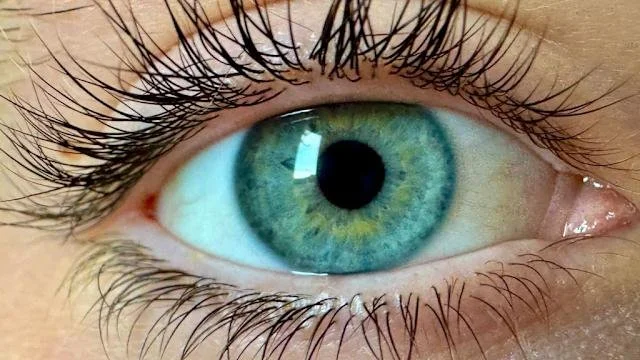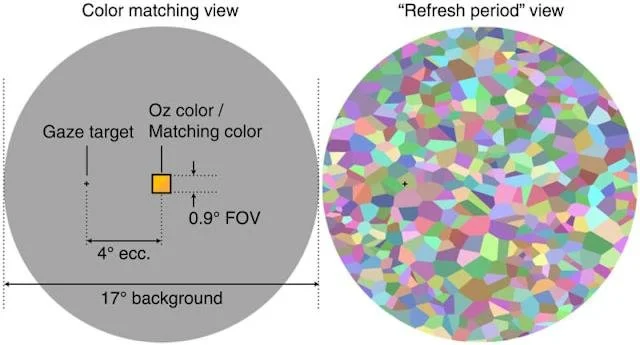🌈 Meet 'Olo': The Vivid New Color Only a Handful Have Ever Seen
Imagine a color so intense and unique that it exists beyond the natural spectrum of human vision—a hue you can't find in nature, on any screen, or even in your imagination. This is 'Olo,' a newly discovered color unveiled by scientists at the University of California, Berkeley, and the University of Washington
🔬 The Science Behind 'Olo'
Human color perception relies on three types of cone cells in the retina: S-cones (short wavelengths, blue), M-cones (medium wavelengths, green), and L-cones (long wavelengths, red). Typically, these cones are stimulated in combination, allowing us to perceive a wide range of colors. However, isolating the stimulation of just one type—specifically the M-cones—has been impossible under natural conditions due to overlapping sensitivities.
Enter 'Oz,' a groundbreaking device developed by the research team. Using adaptive optics and precise laser technology, Oz maps an individual's retinal cone layout and selectively stimulates only the M-cones. This targeted activation produces the perception of 'Olo,' described as an intensely saturated blue-green hue unlike any seen before. The name 'Olo' reflects the binary code [0,1,0], indicating exclusive stimulation of the M-cones.
👁️ Experiencing the Unseeable
To date, only five individuals have experienced 'Olo,' including members of the research team and study participants. The color is so novel that participants struggled to describe it, often comparing it to an ultra-intense teal or peacock green. Attempts to match 'Olo' with existing colors required adding white light to desaturate the hue, underscoring its uniqueness.
It's important to note that 'Olo' cannot be replicated on screens or through pigments, as it results from a specific neural response induced by precise retinal stimulation. This places 'Olo' in the realm of 'impossible colors'—colors that cannot be perceived under normal viewing conditions.
🧠 Implications and Future Applications
The discovery of 'Olo' opens new avenues in vision science and technology. By demonstrating the ability to manipulate cone cell responses, researchers can explore treatments for color vision deficiencies and gain deeper insights into the neural processing of visual information. Furthermore, this technology could aid in simulating visual experiences for individuals with retinal diseases, enhancing our understanding and development of therapeutic interventions.
🎨 Artistic Endeavors and Public Engagement
The revelation of 'Olo' has also captured the imagination of the art world. British artist Stuart Semple claims to have created a paint mimicking 'Olo,' named 'Yolo,' using a blend of pigments and optical brighteners. While it doesn't replicate the exact experience, it represents an artistic interpretation of the concept.
🔚 Conclusion
The discovery of 'Olo' challenges our understanding of color perception and highlights the potential of technology to expand human sensory experiences. As research progresses, we may uncover more about the complexities of vision and develop innovative applications that enhance our interaction with the world around us.



